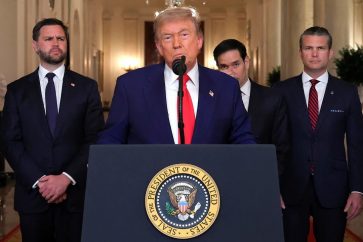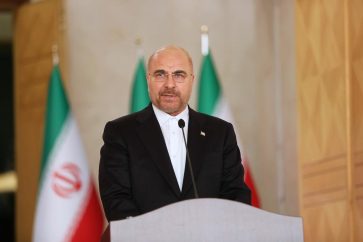Fifteen Asia-Pacific countries on Sunday signed the world’s biggest free trade deal, seen as a huge coup for China in extending its influence.
The Regional Comprehensive Economic Partnership (RCEP) includes 10 Southeast Asian economies along with China, Japan, South Korea, New Zealand and Australia, with members accounting for around 30 percent of global GDP.
First proposed in 2012, the deal was finally sealed at the end of a Southeast Asian summit as leaders push to get their pandemic-hit economies back on track.
“Under the current global circumstances, the fact the RCEP has been signed after eight years of negotiations brings a ray of light and hope amid the clouds,” said Chinese Premier Li Keqiang after the virtual signing.
“It clearly shows that multilateralism is the right way, and represents the right direction of the global economy and humanity’s progress.”
The agreement to lower tariffs and open up the services trade within the bloc does not include the United States and is viewed as a Chinese-led alternative to a now-defunct Washington trade initiative.
The RCEP “solidifies China’s broader regional geopolitical ambitions around the Belt and Road initiative”, said Alexander Capri, a trade expert at the National University of Singapore Business School, referring to Beijing’s signature investment project that envisions Chinese infrastructure and influence spanning the globe.
“It’s sort of a complementary element.”
Source: AFP




